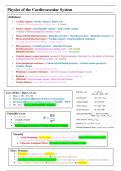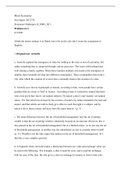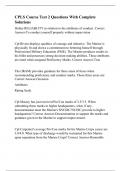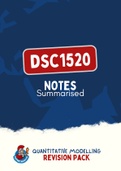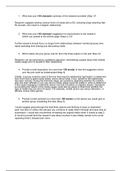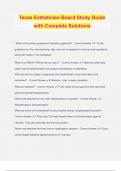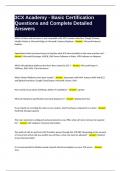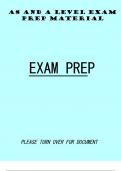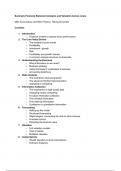Definitions
• Cardiac output = Stroke volume x Heart rate
(volume of blood pumped by heart / min, ~5 L/min)
• Stroke volume = End diastolic volume – End systolic volume
(volume of blood pumped by ventricle / beat)
• Mean arterial blood pressure = Diastolic pressure + (Systolic pressure – Diastolic pressure) / 3
• Mean arterial blood pressure = Cardiac output x Total peripheral resistance
(average arterial pressure during a single cycle)
• Pulse pressure = Systolic pressure – Diastolic Pressure
Systolic pressure: maximum pressure during cycle, ~120 mmHg
Diastolic pressure: minimum pressure during cycle, ~80 mmHg
• Central (mean) venous pressure: amount of blood returning to the heart (i.e. the ability of the heart
to pump blood into the arterial system, ~0.5 mmHg
• Total peripheral resistance = (Mean arterial blood pressure - Central venous pressure) /
Cardiac Output
(sum of resistance of all peripheral vessels)
• Pulmonary vascular resistance = sum of resistance of all pulmonary vessels
• Preload: precontraction pressure in heart as blood volume builds up
• Afterload: force/resistance against which the heart pumps
• Venous Return: rate of flow of blood back to heart
Law of Flow / Darcy’s Law
• Flow = (P1 – P2) / R
• Flow ∝ pressure difference & Flow ∝ 1/resistance
• Pressure difference (driving pressure) = MABP – MVP
• (P1 – P2) flow is determined by resistance
Poiseuille’s Law
• : viscosity
• l: length of tube
• r: radius
• Small change in diameter → large change in resistance
Viscosity
• Axial Streaming: viscous drag at sides of blood vessels → fastest flow occurs in centre
of vessel → cells become aligned in fastest moving fluid
• Fahraeus-Lindquist Effect: viscosity is reduced in smaller vessels
Flow / Pressure
• Pulsatile flow progresses to laminar flow
• Number of capillaries increases → large decrease in pressure
• Pulmonary circulation pressure is lower to prevent damage to alveoli (i.e. pulmonary oedema)
• High velocity / sharp edges → disruption to laminar flow → turbulence
, Cardiac Cycle (1/2)
(1) Atrial Systole
• Patria > Pventricles (slightly) AV valves open
• Parteries > Pventricls SL valves are shut
• Most filling of ventricles takes place during diastole due to venous pressure
• Heart rate → ventricular filling takes less time → atrial contribution
• No valves between veins & atria → pressure in great veins (slightly)
(2) Isovolumetric Contraction (Ventricular Systole)
• Contraction of ventricles → ventricular pressure → AV valves shut
• 1st heart sound
• Pressure → bulge of AV valves into atria → c-wave → x descent
(3) Rapid Ejection (Ventricular Systole) (4) Reduced Ejection
• Once Pventricles > Parteries → SL valves open • Pventricles < Parteries (slightly) but blood
• Blood ejected into arteries very rapidly still flows due to momentum
• Contraction → ejection
(5) Isovolumetric Relaxation
• Flow briefly reverses → SL valves shut
• Patria slightly → dicrotic notch & 2nd heart sound
• Ejection fraction = Stroke volume / End diastolic volume (~60%)
• Diastole: ventricles relax → Pventricles
• Filling from veins → Patria (v wave)

